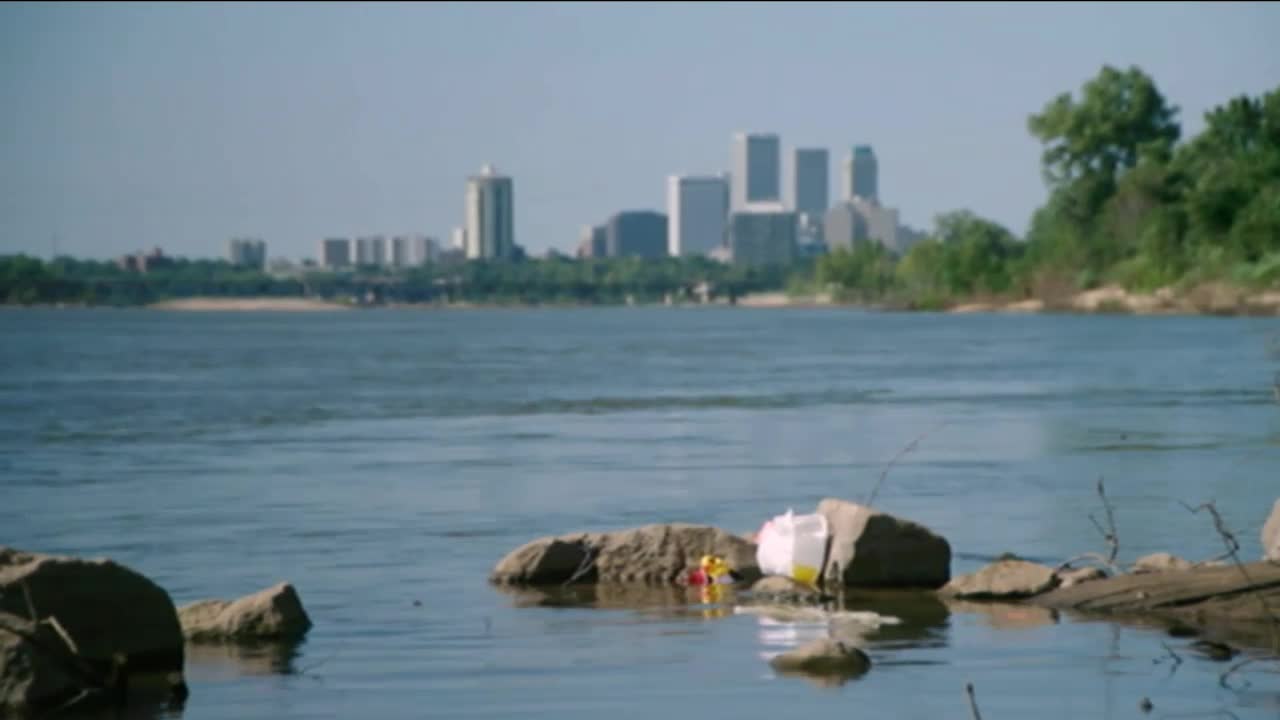Tulsa Planning Office enhances local planning and historic preservation programs
April 15, 2025 | Tulsa, Tulsa County, Oklahoma
Thanks to Scribe from Workplace AI , all articles about Oklahoma are free for you to enjoy throughout 2025!

This article was created by AI using a video recording of the meeting. It summarizes the key points discussed, but for full details and context, please refer to the video of the full meeting. Link to Full Meeting
During the meeting, officials highlighted the importance of protecting local waterways and wildlife, emphasizing that community involvement is crucial in maintaining the health of streams and natural resources. "By protecting what goes into our drains, we can save our streams," a representative stated, urging residents to take action.
In a significant update, Phoebe Stubblefield, the lead forensic anthropologist for the Tulsa Race Massacre investigation, provided insights into the meticulous process of analyzing remains exhumed from the historic site. Stubblefield explained how the team uses advanced radiography to identify features associated with the cause of death and to catalog artifacts found with the remains. This work is part of a broader effort to honor the victims and provide closure to their families.
The meeting underscored the Tulsa Planning Office's commitment to fostering new programs and relationships within the community, aiming to elevate their work and ensure that the history of Tulsa is preserved for future generations. As the city moves forward, officials are optimistic about the positive impact these initiatives will have on both the environment and the community's historical narrative. For more information on the ongoing investigation and resources, residents are encouraged to visit the city’s dedicated website.
Converted from Tulsa - Indian Affairs Commission - Apr 15, 2025 meeting on April 15, 2025
Link to Full Meeting
Comments
View full meeting
This article is based on a recent meeting—watch the full video and explore the complete transcript for deeper insights into the discussion.
View full meeting